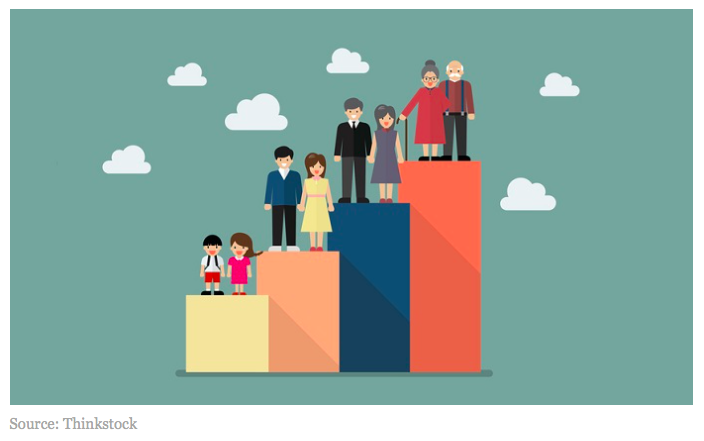EHR Data Sharing Identifies Hypertension Care Disparities
 Participating in EHR data sharing could help health systems identify and address care disparities among patients with hypertension and other conditions.
Participating in EHR data sharing could help health systems identify and address care disparities among patients with hypertension and other conditions.
November 19, 2018 - Health systems participating in an electronic health record (EHR) data sharing collaborative were able to identify care disparities among hypertension patients and could enable organizations to share best practices for quality improvement.
That’s the major finding of a recent study published in the Journal of the American Board of Family Medicine (JABFM).
While many health systems use EHR data to identify and track individual patients for preventive care, researchers noted that few use this information to address population-level disparities in outcomes. Additionally, organizations that focus their efforts on quality improvements for their own patients may overlook health disparities in their own communities or fail to address these disparities through partnerships with other providers.
Researchers set out to explore how health systems can use patient data to identify and improve care disparities within and outside their organizations. The team aimed to standardize data collection from three health systems (HS1, HS2, HS3) participating in the San Francisco Bay Collaborative Research Network. The group then compared rates of uncontrolled blood pressure among hypertensive patients to identify opportunities for collaborative quality improvement.
Among the three health systems, there were differences in the proportions of hypertension patients who had uncontrolled blood pressure at their last appointment. At HS1, 29 percent of patients had poor blood pressure control, while 31 percent of patients at HS2 and 44 percent of patients at HS3 had the same.
Additionally, patients at HS2 had a 1.15 times greater relative risk of uncontrolled blood pressure compared to patients at HS1, and patients at HS3 had a 1.46 times greater risk than individuals at HS1.
Although there were differences among all three health systems, researchers did observe several consistent trends. Hypertensive patients were more likely to have uncontrolled blood pressure if they were African American, uninsured, obese, or had fewer than 2 primary care visits during the 2-year measurement period.
While these findings aren’t necessarily unexpected, it is noteworthy that these disparities were similar across all evaluated health systems.
“Many of our findings related to blood pressure control among patients diagnosed with hypertension are consistent with the findings of others. What our findings add is that the same types of disparities are found consistently across different types of health settings with different demographic compositions,” researchers said.
These results indicate that different health systems may be able to improve care disparities by collaborating and learning from each other. HS1 had the lowest proportion of hypertensive patients with uncontrolled blood pressure, and the group pointed out that this was likely because of the organization’s focus on quality improvement initiatives. HS1 could share its best practices to help other health systems achieve the same outcomes.
“These results suggest the potential benefits of hypertension quality improvement initiatives at the practice level and the opportunity for clinical teams both within and across health systems to benefit from sharing best practices,” the team said.
The study did have several limitations. Some important variables, including alcohol use, were not captured in the study, and researchers said that other parameters such as current smoking status may not be accurately documented in EHRs.
Still, the team believes their findings show that data sharing collaboratives can help organizations identify and address disparities in care.
“This study successfully demonstrated the challenges and opportunities for electronic health data sharing and its use for identifying common disparities in hypertension care across 3 health systems,” researchers concluded. “The overall consistency of our findings across and within health systems supports the use of EHR data such as these to inform regional quality improvement and practice-based research interventions to address hypertension more effectively.”
By: Jessica Kent
Source: https://healthitanalytics.com/news/ehr-data-sharing-identifies-hypertension-care-disparities









